From found family allegories to hilarious memes: this is why queer people love Shrek so much
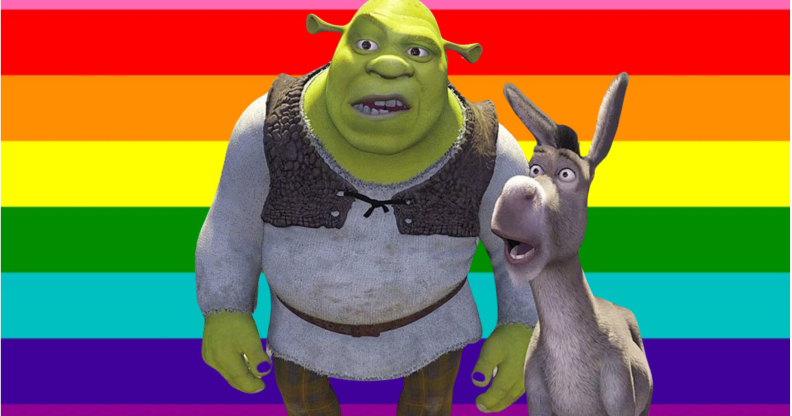
LGBTQ+ Shrek fans have found that many of the movies’ themes of ‘otherness’ and being an outsider resonate with their queer experience (Dreamworks/PinkNews)
With the news breaking today that Shrek 5 will be coming out in 2026, we take a look at why the cantankerous green ogre is so beloved by the LGBTQ+ community.
With the announcement of Shrek 5, the tetchy swamp-dweller (voiced by Mike Myers) is back in conversation. Shrek 5 will be arriving in cinemas next summer: 1 July 2026. Some of the original cast have already confirmed their return, namely Mike Myers, Eddie Murphy and Cameron Diaz.
The Shrek franchise released four feature films between 2001 and 2010. The original movie made history as the first Oscar winner in the animated feature category.
As we eagerly await Shrek 5, we’ll try to answer once and for all why LGBTQ+ people are drawn to Shrek.
SomeBODY once told me that Shrek is part of queer culture – and they’re right!
Shrek embraces being an outsider
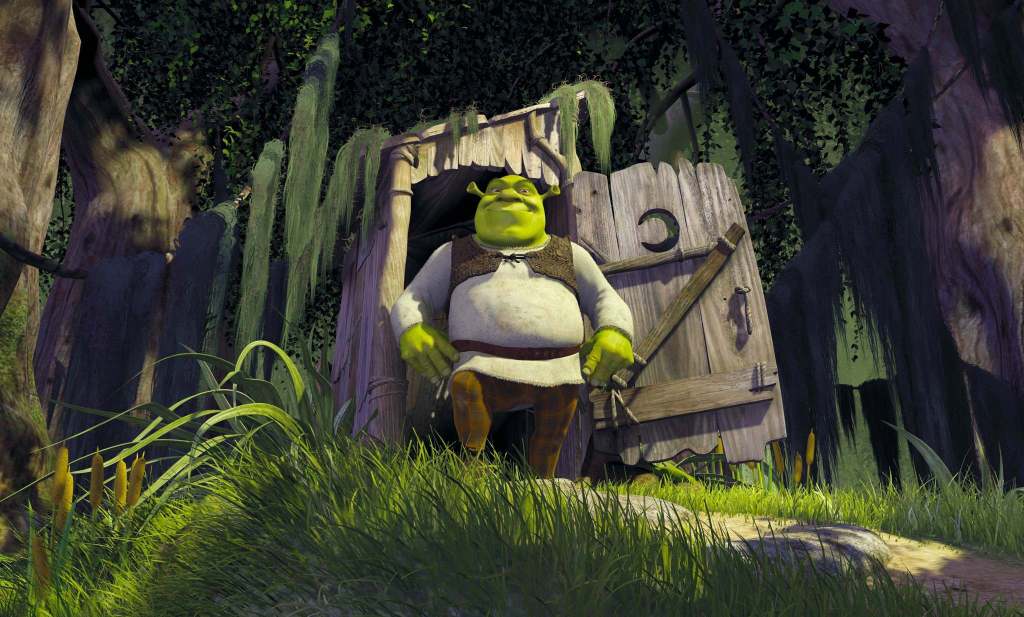
From the earliest moments of the first Shrek film, it’s established that he is happily living a life of isolation.
Before you even reach Shrek’s home, signs warning “Stay Out” and “Beware Ogre” illustrate that he has accepted his exiled status and has made peace with being alone.
In fact, he’s adamant about defending the solitude that he’s found. That experience of feeling isolated and on the margins of society is, though stereotypical, not a rare experience for LGBTQ+ people.
Shrek is shown as different from the human society he’s been pushed out of; being othered is definitely reflective of the queer experience.
In an essay arguing that Shrek is the unacknowledged hero of queer youth, the writer explains: “Shrek stood out to queer kids because, contrary to the myriad stories of rescuing another princess, fighting another villain, or otherwise reinforcing the societal pillars we already knew, Shrek told a story of accepting people as they are and loving the parts of yourself that other people find monstrous.”
Shrek is truly an allegory of acceptance for oneself and others, wrapped up in a comedic story of adventure.
Shrek has a found family
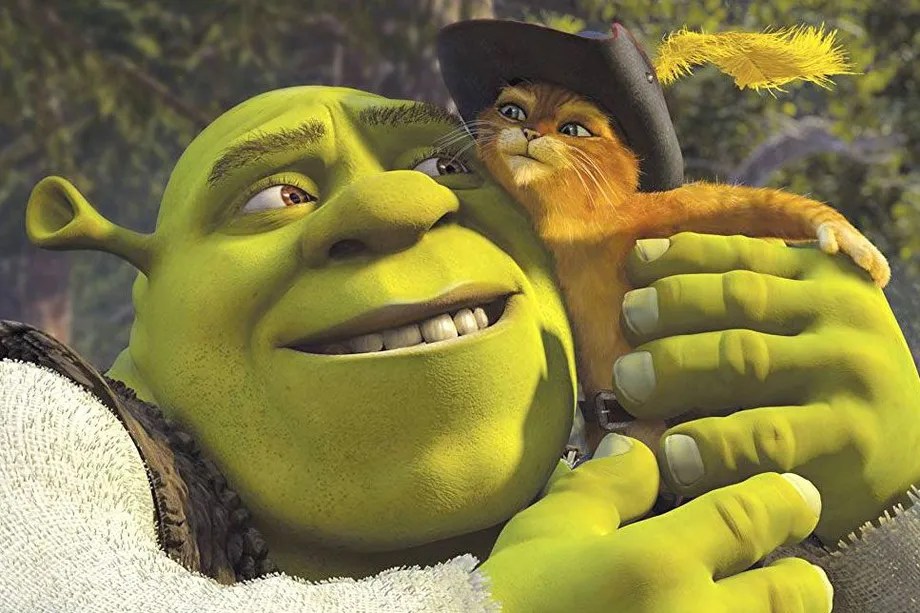
Though he vehemently hates people infiltrating his swampland, Shrek does gradually embrace friendships with the various misfits around him. After all, it would have been a pretty short movie if he hadn’t.
Most obviously, Shrek’s acceptance of togetherness arrives with Donkey.
Becoming Shrek’s partner in crime, Donkey slowly gets Shrek to open up and appreciate having a sidekick to vent to and celebrate with, which brings another layer of self-acceptance… because if you don’t love yourself, how in the hell you gonna love somebody else?
Alongside his romance with Princess Fiona, Shrek makes other meaningful connections that are deeply loving – but not romantic.
Shrek bonds with the Puss in Boots, Gingerbread Man, Pinocchio, the three little pigs, the three blind mice and even the big bad wolf.
This ragtag collection of friends, all individually unique and themselves queer-coded, is Shrek’s found family.
As Shrek says in his own words: “Sometimes things are more than they appear.”
Shrek‘s swamp is basically Fire Island
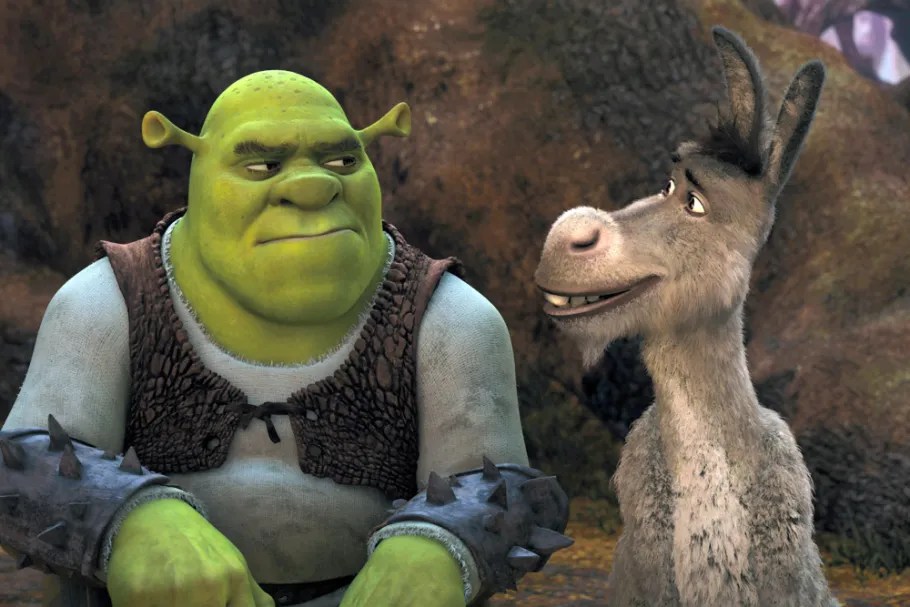
As mentioned, Shrek is pushed out of human society in a way that LGBTQ+ people can recognise and identify with. But he also creates a space for himself that he deeply treasures and defends.
As Donkey tells his grumpy pal: “You got that on-I-don’t-care-what-nobody-thinks-of-me thing. I like that.”
Matt Bellassai’s essay argues that Shrek is part of gay culture with the character carving out his own place in the world.
“You can call it an unsightly swamp if you want, but Shrek is living the gay fantasy,” the essay argues.
“Driven to the margins by a society that would not accept him, Shrek went ahead and created his own personal gay resort outside of the city: a private outdoor hot spring, an open-air art studio, an entire mud spa complete with signage specifically banning straight people from invading his gay paradise.”
Who wouldn’t want to live in Shrek’s swamp?! He gets to wake up whenever he likes, bask in a mud scrub and then relax in the outdoor shower. It might as well be located on Fire Island.
Shrek is demonised
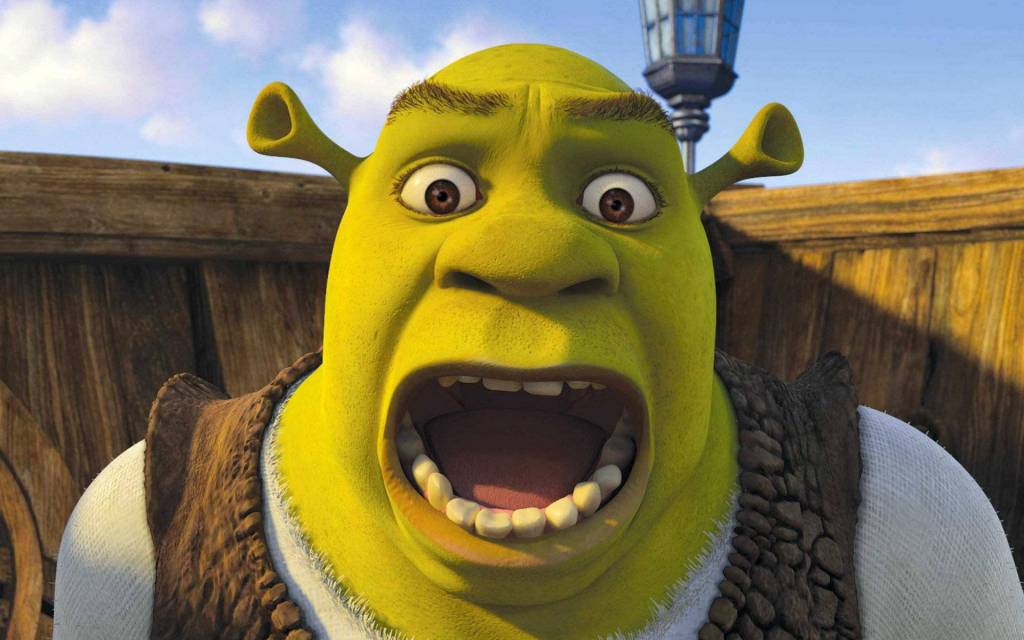
Throughout Shrek’s life, he is repeatedly and viciously demonised. He’s branded ugly, disgusting and gross, just for living his truth and being himself.
If you’ve been bullied for being gay, those memories can be extremely hard to shake; for LGBTQ+ people, it’s not hard to imagine the internal pain Shrek must have from the way people (mainly Lord Farquaad) treat him.
But Shrek preaches that ugliness is not bad and that conventional beauty isn’t a reflection of goodness. And the film concludes with the very LGBTQ+ friendly message that absolutely everyone deserves a love story – unless they’re aromantic and don’t want one, of course.
That message has finally made its way to LGBTQ+ stories; in 2024, queer characters aren’t always unnecessarily killed off and queer stories aren’t all weighed down by narratives of suffering and persecution.
Shrek is prime meme material
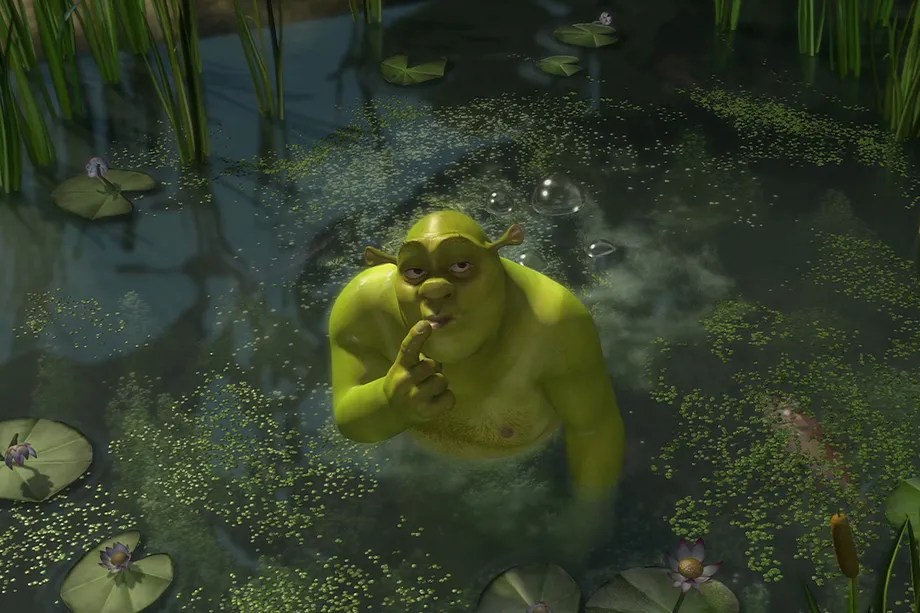
This may be the ultimate reason as to why queer people have embraced Shrek as part of queer culture; the films have provided a huge selection of gold-standard, often bizarre memes.
If feels as though practically every moment in Shrek has gone through the meme wheelhouse, from the famous ‘ogres are like onions’ monologue to screenshots of the film being stretched.
Then there are increasingly demented creations like “Shrek but every time he takes a STEP it gets 5% faster“.
The popularity of Shrek also extends beyond digital existence with the Shrek crocs – which are undeniably camp – and the Airbnb Shrek swamp.
Then, of course, there’s the Small Mouth track “All Star” that has taken on a completely new life of its own.
Shrek has he/him lesbian vibes
Another essay, this time on the Pride website, interprets Shrek as an unconventional lesbian love story between “two closeted lesbians: Shrek, our resident he/him, and Fiona, our transformative high femme.”
It describes Shrek himself as “a green butch King Daddy here to slay”, explaining that “His consistent resistance against societal norms, his reluctance to conform to the traditional male hero archetype, and his emotional depth and sensitivity can be read as a queer critique of heteronormative behaviors.
“Shrek could be interpreted as a he/him lesbian, a character whose masculinity is as integral to his identity as his female sexuality.”
The writer also explains that Fiona’s transformation into an ogre mirrors the journey of coming out, explaining: “there’s a certain comfort in the familiar narrative of feeling ‘different,’ ‘ugly,’ or ‘unlovable’ and ultimately discovering acceptance and love.”
All of these reasons only really scratch the surface of why Shrek is so loved by the LGBTQ+ community. If we’ve missed out any of your favourite queer-coded Shrek moments or characters, why not let us know in the comments?
How did this story make you feel?

